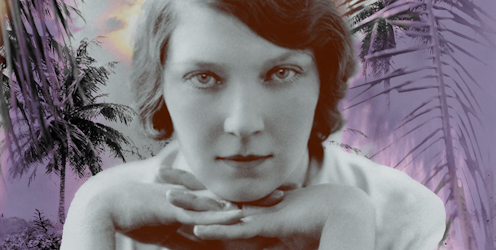The haunted life of Jean Rhys
- Written by Brigitta Olubas, Professor of English, School of the Arts and Media, UNSW Sydney

The life of Dominican-born writer Jean Rhys is at once well-known and mysterious. Her career dipped and soared across both halves of the last century, across changes of name (Ella Gwendoline “Gwen” Rees Williams, Ella Lenglet, Jean Rhys) and changes of location (West Indies, England, Europe).
Review: I Used to Live Here Once: The Haunted Life of Jean Rhys – Miranda Seymour (Harper Collins).
Her early adult years were full. There had been a career on the stage as a chorus dancer, liaisons with wealthy men, and marriage to a charming Dutch bigamist and fraudster, which took her to The Hague, Paris, Vienna and Budapest. She experienced a flurry of literary fame in the late 1920s and early 1930s, when she was shepherded into print by Ford Madox Ford – their vexed relationship was used by both in their later writing.
Read more https://theconversation.com/woman-modernist-west-indian-the-haunted-life-of-jean-rhys-187171

















